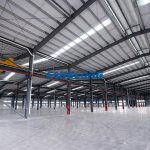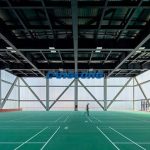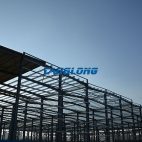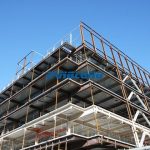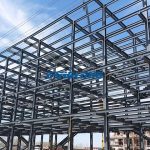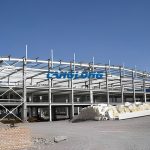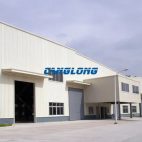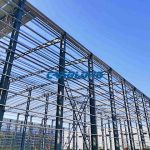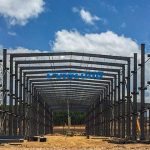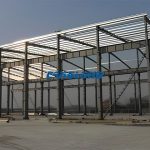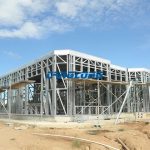Cast steel joints are used in steel structure buildings
The steel structure system has the comprehensive advantages of light weight, fast installation, short construction period, good seismic performance, recyclability, factory manufacturing, and less environmental pollution. Compared with reinforced concrete structures, it has unique advantages in the development of “high, large and light”. In the world, especially in developed countries and regions, steel structures have been reasonably and widely used in the field of construction engineering.
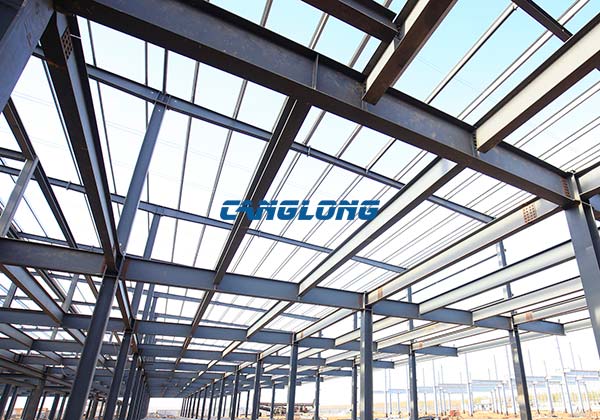
Cast steel joints are indispensable in the application of steel structures in buildings. The cast steel node is not only an independent entity in the whole steel structure buildings, but also a part of the whole steel structure. With the continuous innovation of the construction industry, cast steel joints are gradually understood by people in the construction engineering field, and since then, it has triggered a boom in the application of steel structure construction engineering.
The cast steel joint for steel structure buildings is composed of at least 3 rods that meet into one, and the included angle between the rods in space can be any angle. The cross-sectional shape of the rod is a combination of circle, rectangle or polygon.
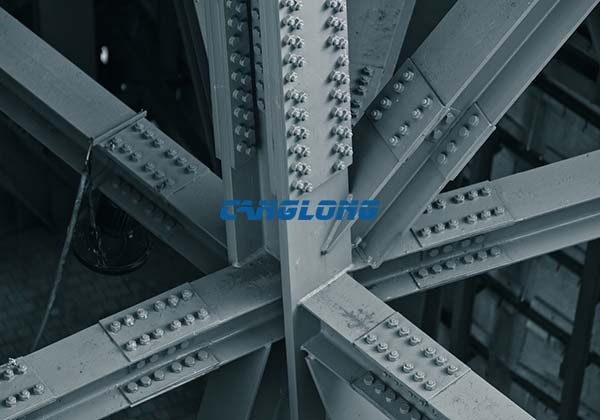
Compared with ball joints, cast steel joints have obvious advantages: due to direct casting at the intersection of steel pipes, the steel structure is more reasonably stressed and the overall structure is more stable. Overcome the adverse effects of the stress caused by a large number of concentrated welding on the overall structure. The node ball is removed to make the steel structure more concise and smooth, which can fully express the architect’s design ideas.
Cast steel nodes can be cast into any shape in space, making any shape of architectural modeling a reality. Since the cast steel nodes are made in the factory, the workload of high-altitude operations is greatly reduced, the construction cost is reduced, the overall project quality is improved, and the harm caused by high-altitude operations to construction personnel is greatly reduced.
